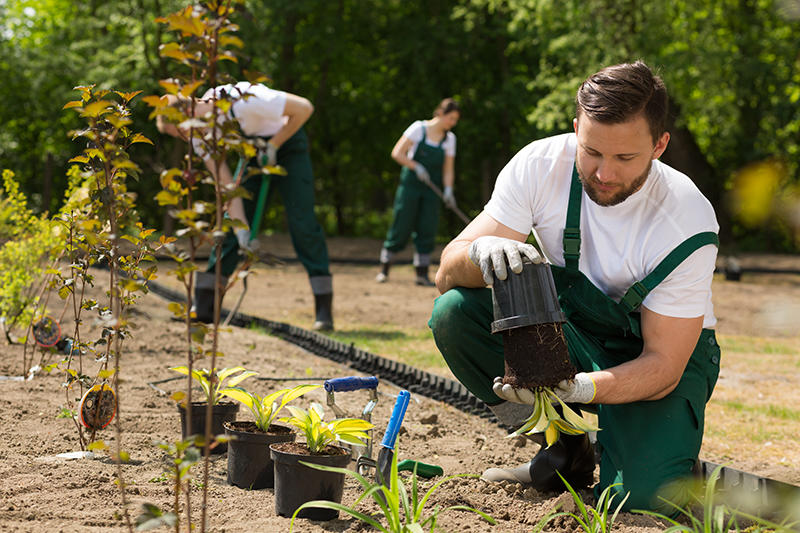Industry insights on skills needs
According to the Agriculture, Horticulture, Conservation and Land Management IRC’s Skills Forecast and Proposed Schedule of Work 2019-2022, the top generic skills for Agriculture were:
- Learning agility/ information literacy/ intellectual autonomy and self-management (adaptability)
- Managerial/leadership
- Financial
- Technology use and application
- Science, technology, engineering, mathematics (STEM) skills.
The Amenity Horticulture and Conservation industry experienced significant disruption due to the COVID-19 pandemic, climatic events such as drought and bushfires, and trade issues on workforce development, according to the Agriculture, Horticulture, Conservation and Land Management IRC’s 2021 Skills Forecast (Annual Update).
As such, the 2021 Skills Forecast outlined additional and emerging trends to those identified in the 2020 Skills Forecast including: the impacts of COVID-19; attracting new industry workers; increased demand for nursery and landscaping; and initiatives to create jobs and environmental benefits.
Impacts of COVID-19
COVID-19 disrupted every sector of the Australian agriculture, horticulture, conservation and land management industries, according to the IRC’s 2021 Skills Forecast. Within the Amenity Horticulture and Conservation industries, COVID-19 lockdowns impacted Landscaping and Arboriculture for example, with activities suspended in commercial environments and in municipalities. The closure of international borders also affected labour supply, particularly in Arboriculture.
Attracting new industry workers
Among employers with job opportunities in the Amenity Horticulture, Arboriculture and related industries there were perceptions they did not receive support to attract new workers. This was despite long-term labour shortages exacerbated by COVID-19 and the availability of people who were displaced from their usual work and were seeking new opportunities.
Increased demand for nursery and landscaping products and services
COVID-19 also changed peoples’ use of domestic space, notably gardens as many people spent a greater proportion of time at home. This had a significant impact on nurseries and gardening and the surge in popularity was predicted to continue due to associated economic, recreational, health and environmental benefits.
Initiatives to create jobs and environmental benefits
Conservation and land management were and continue to be important parts of governments climate policies, as well as supporting job creation. For example, projects focused on supporting growth, management and sustainability of national parks, as well increasing biodiversity and conservation through agriculture’s potential to sequester carbon in landscape.
For more information about these trends, please visit the Amenity Horticulture and Landscaping and Conservation and Land Management pages.

